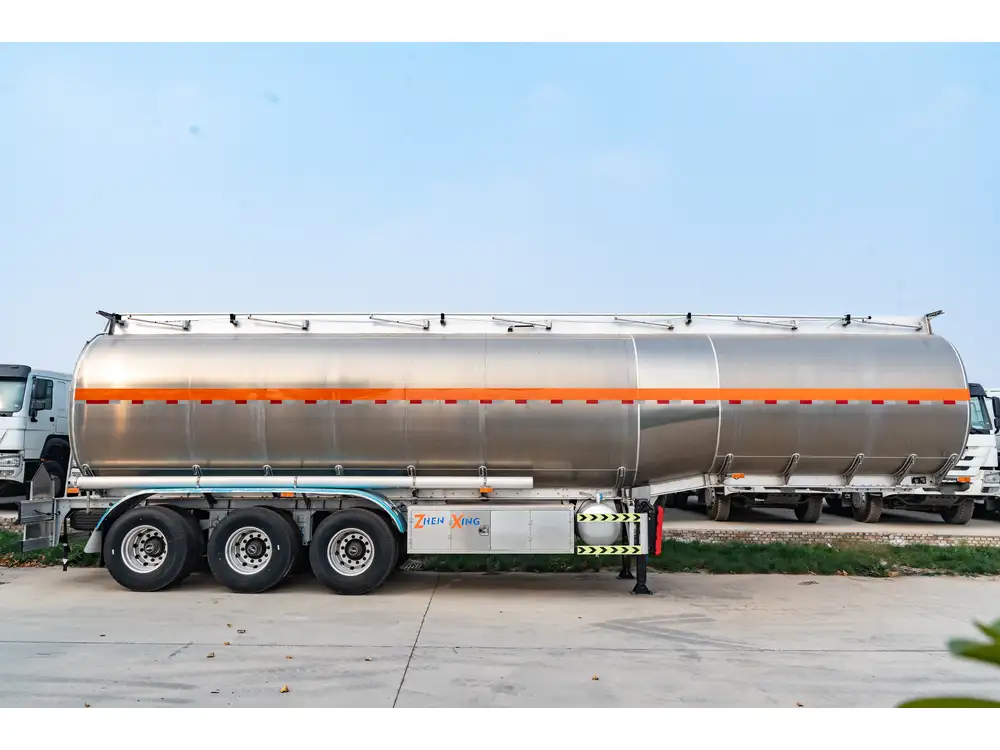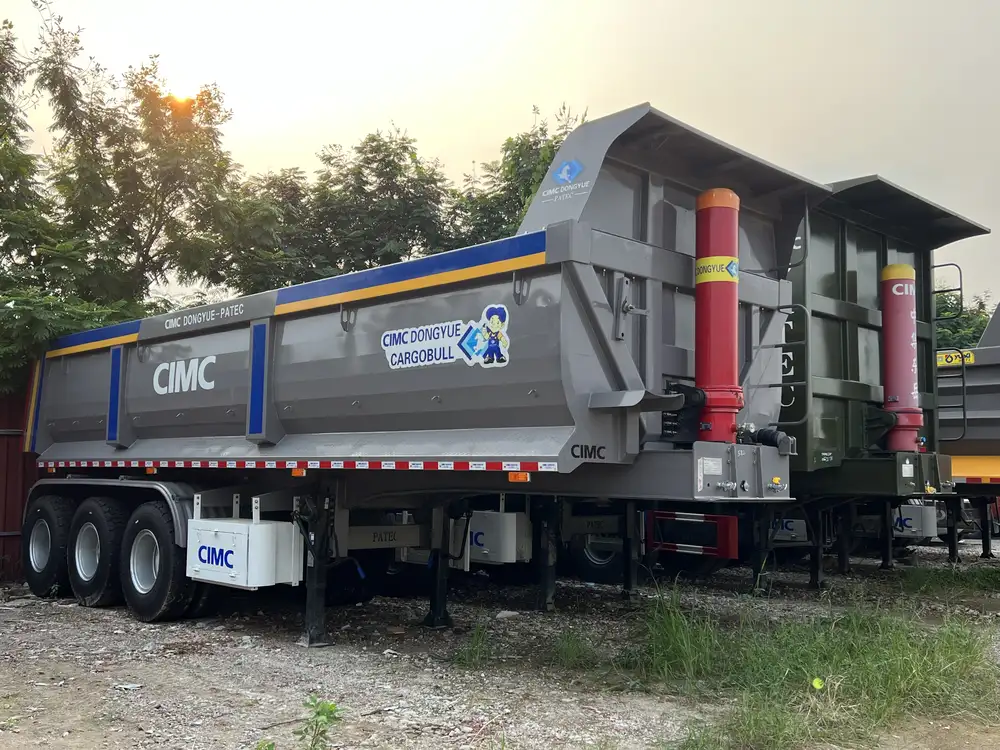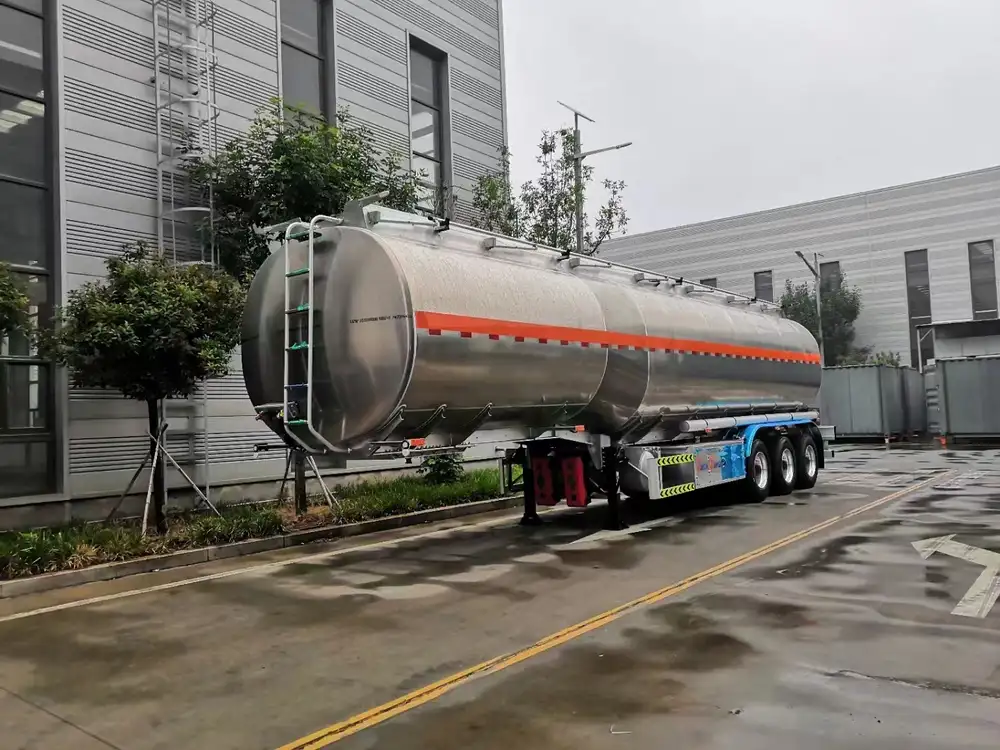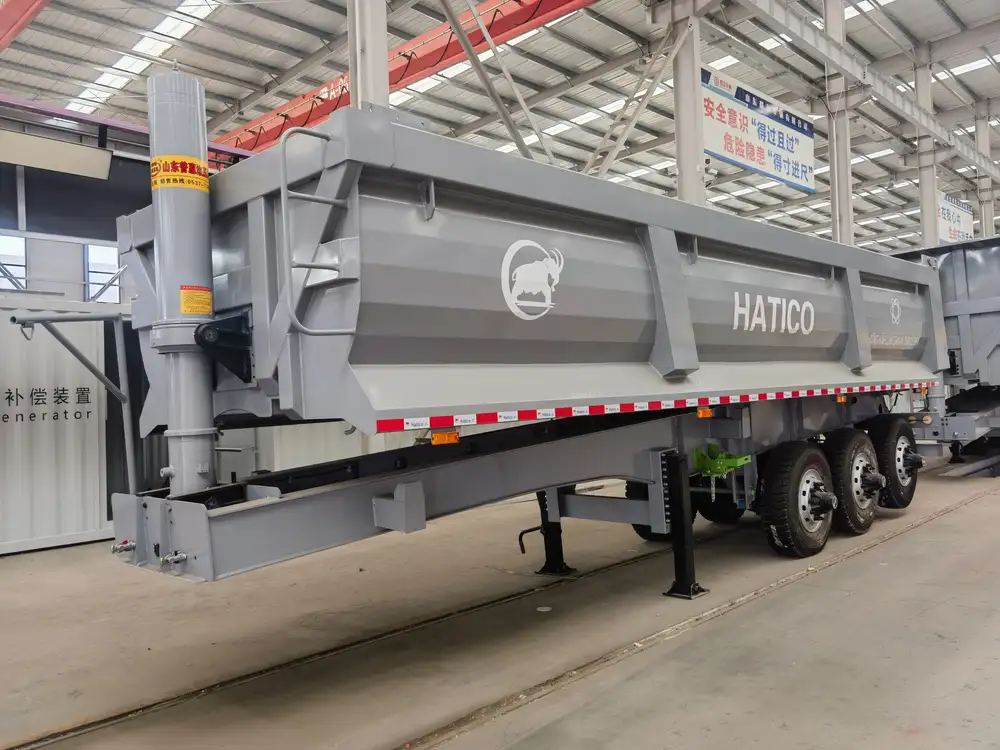Maintaining a dump trailer’s fluid levels is essential for ensuring optimal performance and longevity. Regular checks can prevent mechanical issues and facilitate smooth operation, safeguarding both your investment and safety on the road. In this comprehensive guide, we will dissect the process of assessing fluid levels on a dump trailer, categorizing it into clear, actionable steps that will accommodate both seasoned users and newcomers alike.
Understanding Dump Trailer Fluids
Dump trailers rely on several critical fluids, each serving a unique purpose. Familiarizing yourself with these fluids is our first step:
| Fluid Type | Function |
|---|---|
| Hydraulic Fluid | Powers the hydraulic lift system enabling the dump function. |
| Brake Fluid | Ensures proper brake function, crucial for safety. |
| Engine Oil | Lubricates engine components, reducing wear and tear. |
| Transmission Fluid | Facilitates gear shifting and powers the transmission system. |
| Wheel Bearing Grease | Reduces friction at the wheel bearings, ensuring smooth motion. |
Importance of Regular Fluid Checks
Regular checks ensure that your dump trailer operates smoothly and prolong its lifespan. Neglecting to monitor fluid levels can lead to:
- Hydraulic Failures: Insufficient hydraulic fluid can lead to loss of lifting power.
- Brake Malfunction: Low brake fluid can result in brake failure, posing severe safety risks.
- Engine Damage: Low engine oil levels can cause overheating or engine seizure.
- Transmission Issues: Inadequate transmission fluid can lead to harsh shifting and mechanical failure.
- Worn Bearings: Insufficient grease can cause premature bearing wear and failure.

Tools and Materials Required
Before diving into the examination of fluid levels, gather the following tools:
- Clean rags
- Funnel
- Fluid measuring tool (such as a dipstick)
- Hydraulic fluid as per the manufacturer’s specifications
- Brake fluid specific to your trailer
- Engine oil suitable for your trailer’s engine
- Transmission fluid compatible with your model
- Wheel bearing grease
Detailed Steps to Check Fluid Levels
1. Safety First: Prepare Your Dump Trailer

Ensure Stability
- Park on Level Ground: Ensure the trailer is on a flat, stable surface to prevent accidents.
- Engage the Parking Brake: Activate the parking brake to secure the trailer.
- Disconnect the Trailer from the Vehicle: Before inspection, detach the trailer for safety.
2. Inspecting Hydraulic Fluid Levels
Hydraulic fluid is essential for the trailer’s lift system. Here’s how you check it:
Locate the Hydraulic Reservoir
- Typically found near the pump system.
- Check the user manual if the location is unclear.

Check Fluid Level
- Remove the Cap: Clean the area around the cap to prevent contamination.
- Use a Dipstick or Sight Glass: Some models feature a dipstick, while others have a sight glass; check the level against the markings.
- Fill if Necessary: If the level is low, use a funnel to pour in the appropriate hydraulic fluid until it reaches the recommended level.
Additional Tips
- Inspect the fluid’s color. Ideally, it should be a clean, bright hue. If it appears murky or contains debris, consider replacing it.
3. Checking Brake Fluid Levels
Brake fluid is vital for safe operation. Follow these steps:

Locate the Brake Fluid Reservoir
- Generally marked and located on the trailer’s frame or near the brake actuator.
Assess Fluid Level
- Observe the Markings: Much like hydraulic fluid, there should be indicators showing minimum and maximum levels.
- Top-up: If necessary, add fluid to the recommended level using a clean funnel.
Look for Leaks
After checking, inspect the brake system for any leaks or corrosion that may indicate underlying issues.

4. Examining Engine Oil Levels
Engine oil is crucial for smooth engine operation. Here’s the process:
Locate the Dipstick
- Typically found near the engine; consult the manual if uncertain.
Check the Oil Level
- Remove the Dipstick: Wipe it clean with a rag, then insert it back in and pull out.
- Read the Level: Look for the oil on the dipstick and ensure it is between the “Add” and “Full” marks.
- Top-up if Needed: If the oil is low, pour in the appropriate type gradually and recheck to avoid overfilling.

5. Transmission Fluid Assessment
Transmission fluid aids in vehicle shifting and function. Here’s how to ensure it’s at the proper level:
Locate the Transmission Dipstick
- Often situated near the back of the engine, ensure that the trailer is on a level surface while checking.
Assess the Fluid Condition
- Check the Color: It should be a bright, translucent red. Dark or burnt smells indicate the need for replacement.
- Add as Necessary: Use the dipstick to determine the proper level and fill accordingly.

6. Checking Wheel Bearing Grease
Bearing grease reduces friction and keeps your bearings in optimal condition.
- Inspect the Wheel Hubs: Look for any signs of leaks; if the grease is leaking out, it’s time for a refill.
- Pack Grease Manually: If the bearings are exposed, use a grease gun to add a liberal amount of grease until it seeps out slightly.
7. Final Steps: Documentation and Maintenance
After performing these checks, it’s wise to document the levels and condition of each fluid:
- Record Levels: Note the fluid levels in a maintenance log.
- Plan Future Checks: Establish a regular schedule for fluid checks (e.g., monthly or with each major use).
- Consult a Professional: If you encounter any discrepancies or issues beyond a simple top-up, seek professional assistance for a thorough inspection.
Potential Problems and Solutions

Problem: Contaminated Fluids
Solution: Replace the contaminated fluid. Ensure hoses and reservoirs are cleaned before filling.
Problem: Leaks in the Hydraulic System
Solution: Identify the source of the leak, replace any damaged seals or hoses, and refill with hydraulic fluid as necessary.
Problem: Overheating
Solution: Regularly check engine oil and coolant levels. Ensure that all systems are well lubricated.

Problem: Braking Issues
Solution: Check brake fluid levels and look for leaks. If problems persist, consult a brake specialist.
Conclusion
Regularly checking fluid levels in your dump trailer is not merely beneficial; it is essential for ensuring safety and prolonging the lifespan of your equipment. By following these structured steps, you can preemptively address issues that may arise from neglect, keeping your operations smooth and efficient. Remember, thorough documentation and scheduled maintenance are your allies in protecting your investment. Stay proactive; your dump trailer deserves it!



